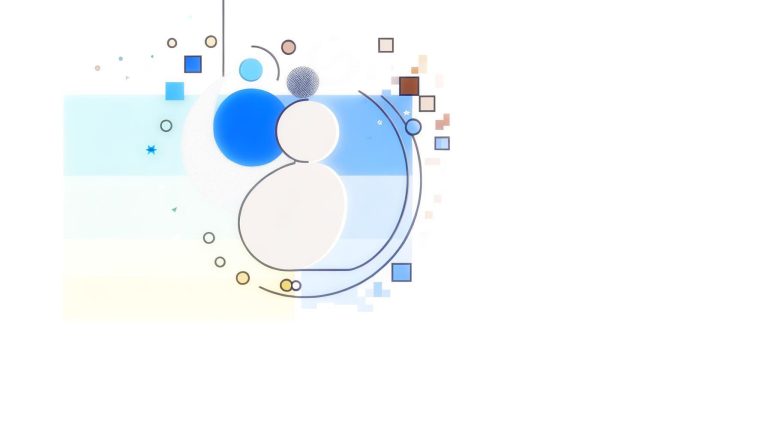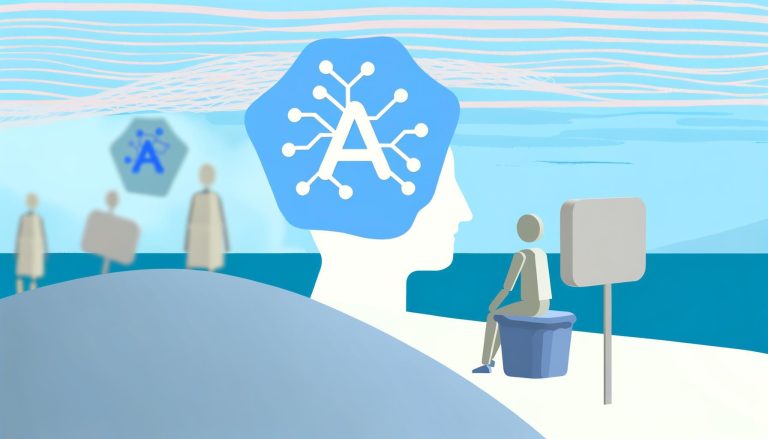Trichotillomania, a compulsive hair-pulling disorder, is a condition that can lead to significant distress and impairment in daily functioning. While traditional therapeutic approaches have been helpful, the increasing role of Artificial Intelligence (AI) presents a promising avenue for improved understanding and treatment of this condition in adults. This article explores how AI can revolutionize the monitoring, diagnosis, and treatment of trichotillomania, providing valuable insights for those affected by this disorder.
Understanding Trichotillomania
Trichotillomania, often referred to as hair-pulling disorder, is a mental health condition characterized by an irresistible urge to pull out one’s own hair. This behavior can result in noticeable hair loss, causing emotional distress and impacting social, occupational, and other important areas of functioning. Understanding the specifics of this disorder is crucial for implementing effective treatments.
Symptoms and Challenges
- Compulsive hair pulling, often from the scalp, eyebrows, or eyelashes
- Tension or increased anxiety before pulling hair or when trying to resist the urge
- Relief or satisfaction after pulling out hair
- Significant distress or impairment in social and occupational aspects of life
Diagnosing trichotillomania can be challenging due to its often secretive nature and the shame that individuals might feel about the behavior. Traditional methods, such as self-report questionnaires and clinical interviews, rely heavily on the individual’s willingness to disclose their symptoms.
The Role of AI in Addressing Trichotillomania
Advances in AI provide innovative approaches to understanding and treating trichotillomania. By utilizing machine learning algorithms, natural language processing, and other AI technologies, mental health professionals can gain deeper insights into this disorder and develop more targeted interventions.
Diagnosis and Monitoring
AI-powered tools can aid in the diagnosis and monitoring of trichotillomania by:
- Analyzing patterns in behavior: Machine learning algorithms can analyze large datasets to identify patterns and triggers associated with hair-pulling behavior.
- Facial recognition and motion sensors: These technologies can detect hair-pulling episodes, providing real-time data to healthcare providers and affected individuals.
- Natural language processing: AI can process and analyze language used in therapy sessions or journal entries, identifying stressors and emotional states related to hair-pulling.
Personalized Treatment Plans
AI can contribute to personalized treatment plans by:
- Tailoring interventions: Machine learning algorithms can predict which therapeutic approaches are most likely to be effective based on an individual’s specific symptoms and history.
- Monitoring progress: AI tools can track an individual’s response to treatment in real-time, allowing for adjustments to be made promptly.
- Enhancing Cognitive Behavioral Therapy (CBT): AI can support CBT by providing interactive and adaptive modules tailored to the individual’s needs.
Practical Applications and Tools
Several AI-driven tools and applications are available to aid those with trichotillomania:
- Mobile Apps: Applications can offer mood tracking, journaling, and behavior monitoring features that help in managing trichotillomania.
- Wearable Devices: Wearables equipped with motion sensors can alert users when hair-pulling behavior is detected, promoting awareness and intervention.
- Online Therapy Platforms: AI-powered platforms can connect individuals with therapists specializing in trichotillomania, ensuring access to evidence-based care.
Ethical Considerations and Confidentiality
While AI offers significant benefits, it’s important to address ethical considerations:
- Data Privacy: Ensuring that personal data is securely stored and used responsibly is paramount.
- Transparency: Individuals should be informed about how their data is being used and have the option to consent or opt-out.
- Bias and Inclusivity: AI systems should be trained on diverse datasets to avoid bias and ensure applicability across different populations.
Benefits and Practical Tips for Using AI in Managing Trichotillomania
Incorporating AI into the management of trichotillomania comes with numerous benefits. Here are some practical tips for leveraging AI tools effectively:
Utilize AI-Powered Apps
Consider using mobile applications designed for mental health tracking. These apps can assist with:
- Behavior Monitoring: Track hair-pulling incidents and identify triggers.
- Mood Tracking: Document emotional states to better understand their relationship with hair-pulling urges.
- Goal Setting: Set and achieve personal goals related to reducing hair-pulling behaviors, with reminders and motivational prompts.
Engage with Online Support Communities
Many online platforms offer support communities where individuals with trichotillomania can share experiences and coping strategies. Engaging with these communities can provide:
- Peer Support: Connect with others who understand the challenges of trichotillomania.
- Resource Sharing: Access and share helpful tools, articles, and strategies for managing symptoms.
- Virtual Therapy: Some platforms offer access to professionals experienced in treating trichotillomania, providing convenient and confidential support.
Incorporate Wearable Technology
Wearable devices equipped with AI capabilities can offer discreet support throughout the day. Consider devices that provide:
- Behavioral Alerts: Receive real-time notifications when hair-pulling motion is detected.
- Data Analytics: Gain insights into patterns and triggers through collected data.
- Personalized Feedback: Receive tailored suggestions and reminders to help manage urges.
Practice Mindfulness and Stress Management
Mindfulness techniques and stress management strategies are crucial in managing trichotillomania. AI tools can assist with:
- Guided Meditation: Access to AI-powered apps offering guided meditation and relaxation exercises.
- Stress Tracking: Monitor stress levels and receive suggestions for reducing stress and anxiety.
- Mindful Journaling: Use AI features in journaling apps to reflect on experiences, thoughts, and emotions.
Conclusion
The integration of AI in understanding and treating trichotillomania represents a significant advancement in mental health care. By leveraging modern technology, individuals with trichotillomania can access more personalized, effective, and convenient treatment options. AI-powered tools and applications provide valuable support, offering insights, tracking progress, and facilitating therapy. While ethical considerations must be addressed, the potential benefits of AI in managing trichotillomania are profound.
For those looking to incorporate AI into their management of trichotillomania, exploring options like mobile apps, wearable devices, and online therapy platforms can be a great start. Additionally, maintaining mindfulness and stress management practices can further enhance treatment outcomes.
Remember, understanding and overcoming trichotillomania is possible with the right tools and support. Embrace the potential of AI to enhance your journey towards well-being and mental health.
If you’re interested in tracking your moods, habits, and setting personal goals to assist in managing trichotillomania, consider exploring the features offered by the Zenora App. With journal entries, statistical insights, and goal-setting capabilities, Zenora can be a valuable companion in your self-care routine.





